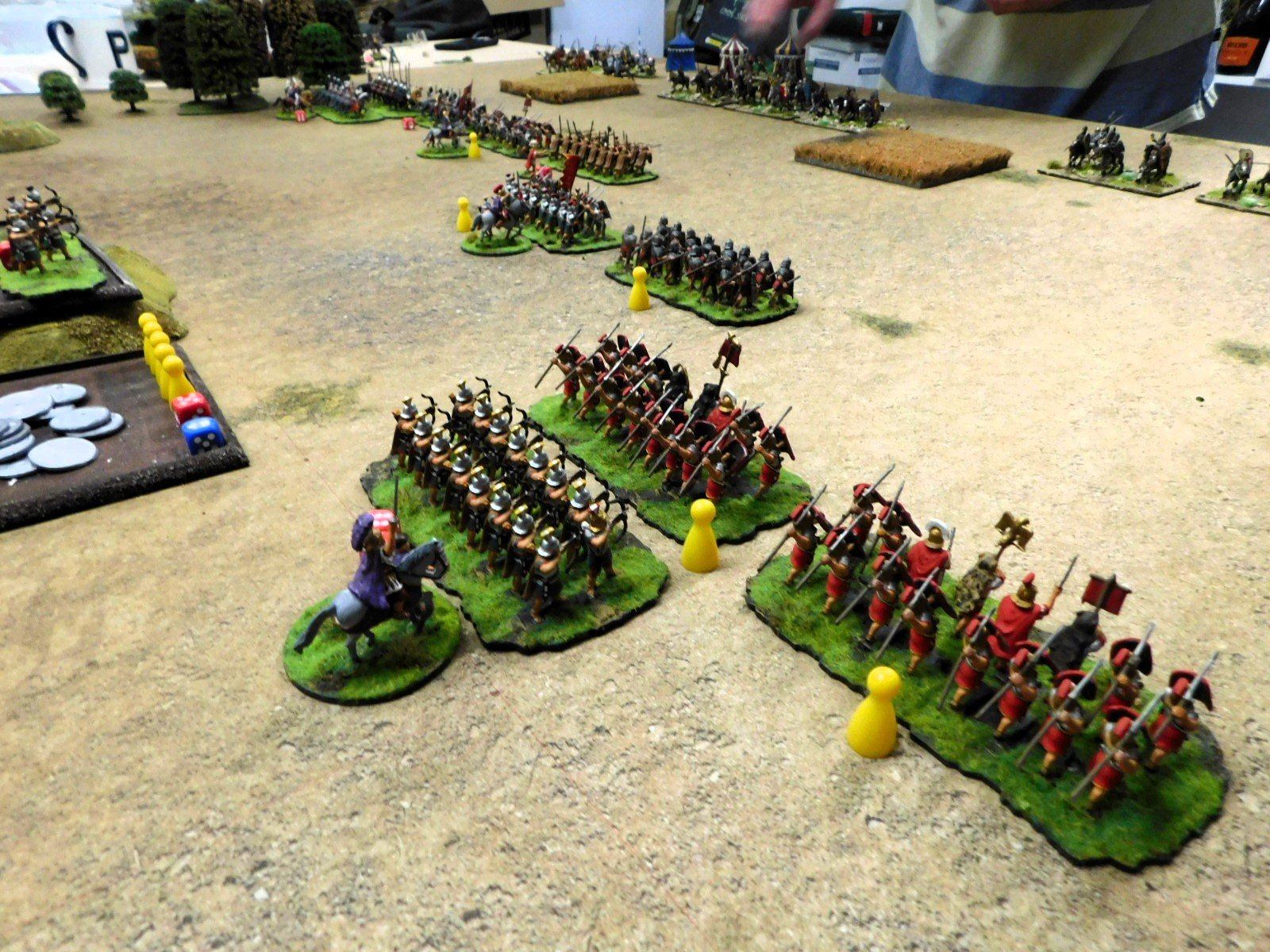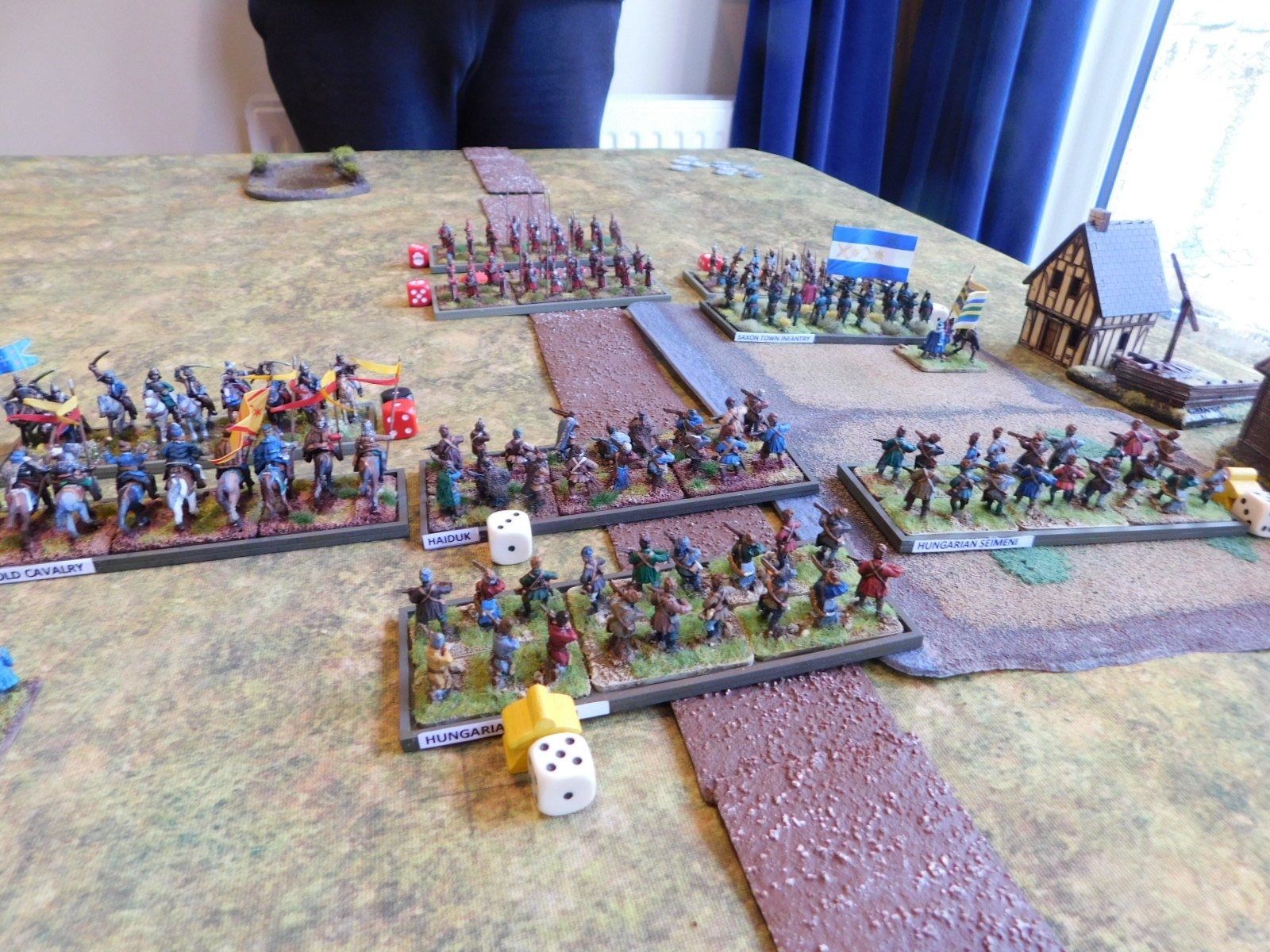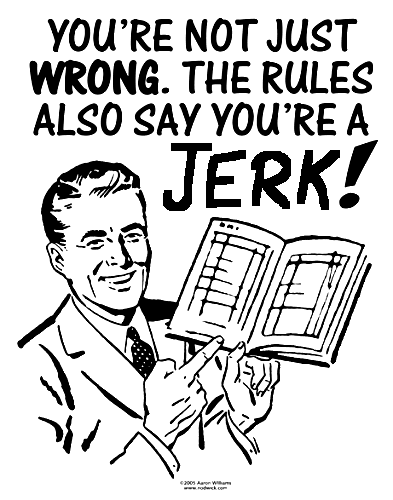Romans Take To The Field (x3)
/I needed to get some practice in for the To The Strongest tournament I’ve entered at Britcon this year, so friend Peter kindly invited me round for a gaming session where I would fight the Romans against whatever he fancied playing.
Given that my Early Imperial Romans are mostly infantry, it was no surprise to see a huge mass of cavalry waiting for me on the other side of Peter’s table. The first two games we played would be Mongols versus Romans, the last would be Normans versus Romans.
Game One: Mongols versus Early Imperial Romans
Being a mostly infantry army, I was comprehensively outscouted and ended up with my troops exactly where I didn’t want them. At least a fifth of my army was out-of-play until they moved in from the flank, and what cavalry I did have were faced by enough swarms of light horse archers to also keep them occupied for the whole game.
Outflanked on my left, my left flank collapsed, and I spent the entire game reacting to the threat from that side. The upshot was a massive 13-0 defeat for the Romans (including the death of the CinC) that boded ill for the rest of the day!
Game Two: Mongols versus Early Imperial Romans
Much to all’s amazement: I won the scouting and, as a result, began the game in a much better position than last time.
Despite this, my left flank collapsed again and I soon found myself 0-4 down in terms of medals. This time, however my better deployment meant that I could recover from this set-back, and in one glorious charge, a unit Roman Equites Alares dashed six victory coins of Mongols from the table, tearing a great big hole in the enemy centre.
Although I was by now running out of victory medals, knocking out another unit of Mongol Lancers and taking the enemy camp finished the job, although I did lose my CinC and part of my camp again. An 11-11 scoreline, but victory for the Romans.
Game Three: Normans versus Early Imperial Romans
Amazingly, I won the scouting again and, if I say so myself, deployed perfectly against the Norman threat.
I advanced forward confidently, only to have my cavalry charge forward with an advantage and get comprehensively stuffed. The worst that should have happened was an even-stevens tussle, but my horsemen just evaporated!
I might have been able to hold on and counter-ruck against an infantry army, but against a mobile mounted army I stood no chance. The rest of my Romans put up a brave fight, so it was no whitewash, but in the end a 6-13 defeat.
Conclusions
So what did I learn? Well, I shall be changing my list slightly just to give me a bit more flexibility, but the main lesson learnt was “don’t fight cavalry armies” which is not very helpful at all!








































































































































































